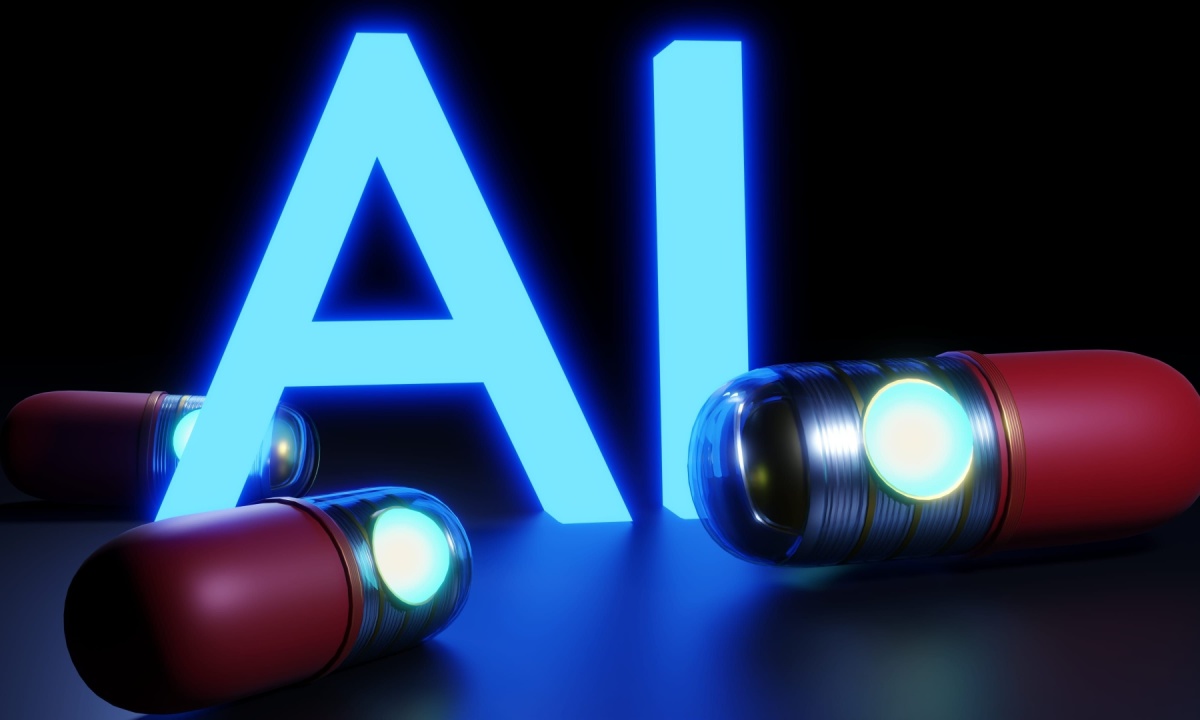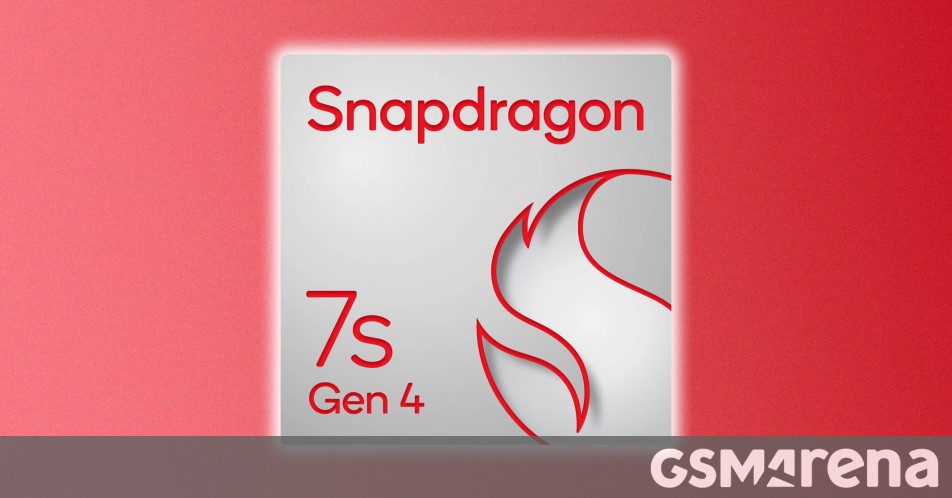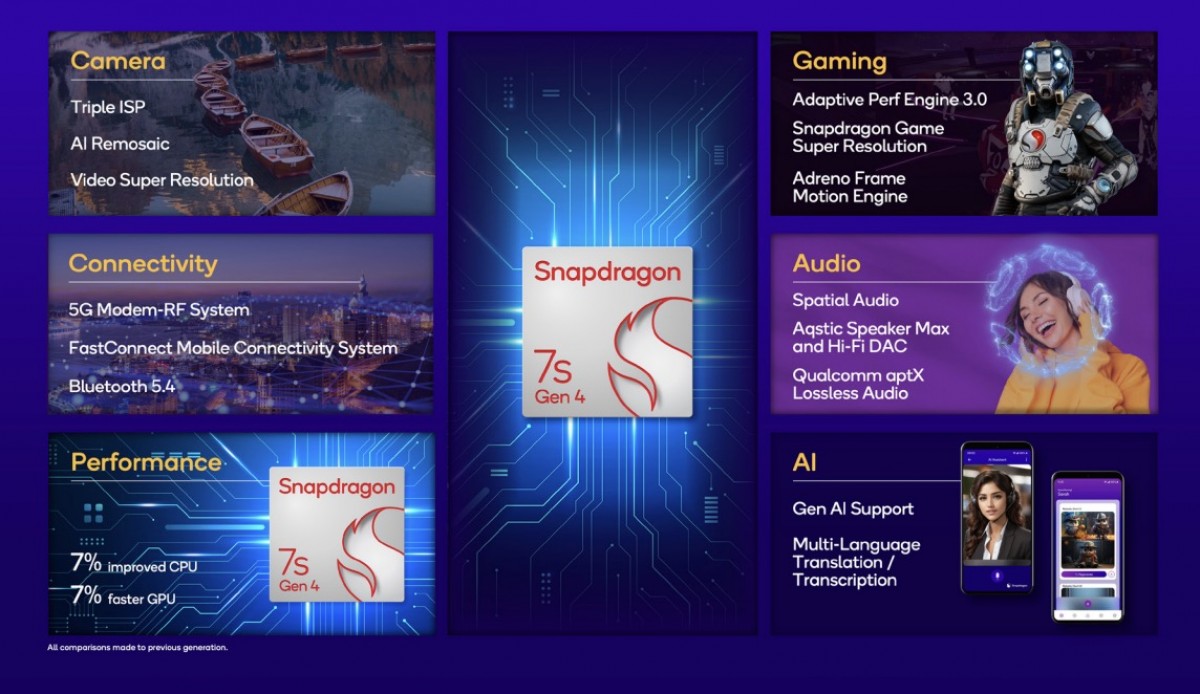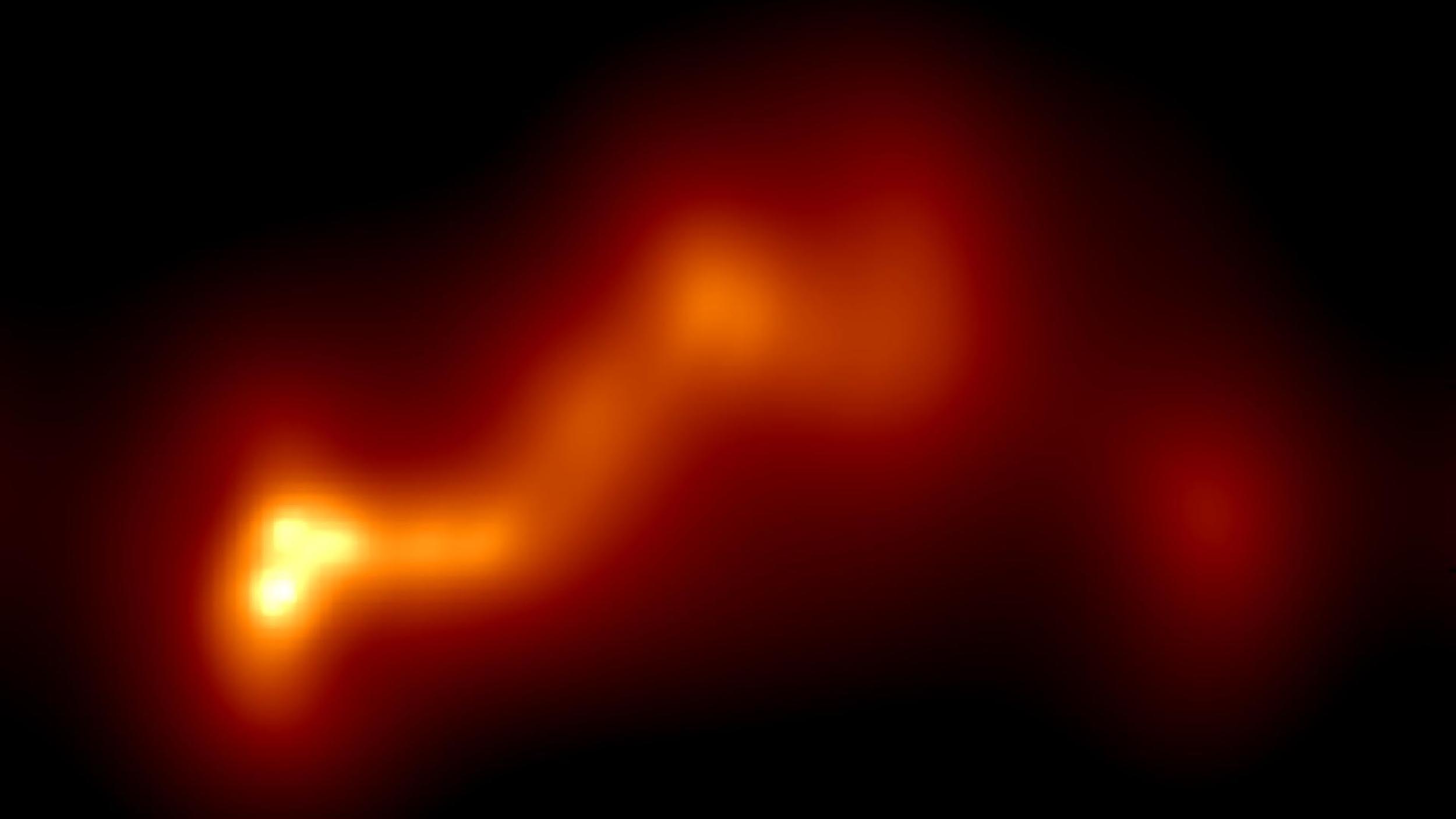A team of astronomers has captured one of the sharpest images ever of a plasma jet shooting from the heart of a distant galaxy. The galaxy, OJ 287, lies roughly 5 billion light-years from Earth.
It has long been known for its erratic light bursts, but until now, no one had seen its inner workings in such vivid detail.
This new image, made possible by the RadioAstron mission, shows a long, twisted stream of high-energy particles – like a glowing ribbon – bending and curling as it moves through space.
The image gives scientists a rare look inside the chaotic core of the galaxy, where black holes are likely locked in a cosmic dance.
OJ 287 and two supermassive black holes
Scientists from Heidelberg University and Delft University of Technology were among the international team behind the discovery.
The work involved researchers from Spain, Germany, the Netherlands, South Korea, Italy, the United States, and Russia. Some have been working on the RadioAstron project for decades.
“I joined the project in 1979, before many of my co-authors were born,” said Professor Leonid Gurvits of Delft University of Technology, whose decades of expertise in space VLBI (Very Long Baseline Interferometry) and active galactic nuclei helped shape the study.
OJ 287 is thought to contain not one but two supermassive black holes orbiting each other. Together, they have a combined mass exceeding a billion times that of our Sun.
The intense gravity near these black holes pulls in surrounding gas and dust, heating it and releasing radiation. That is how astronomers detect what is happening inside.
Telescope bigger than Earth
To capture this image, the team used RadioAstron’s space telescope in combination with 27 radio observatories around the world.
Together, they formed a virtual telescope five times the diameter of Earth. The resolution was so sharp that it would be like reading a newspaper in New York from a park bench in Delft.
This powerful setup revealed more than just the jet’s unique ribbon shape. It also uncovered regions inside the jet with temperatures over 10 trillion Kelvin – evidence of extreme energy near the black holes.
The team also recorded something remarkable: the birth of a shock wave in the jet. Polarization readings showed that the jet’s magnetic field runs along its length.
That alignment helps scientists understand how these jets get their shape – and how they move.
“We captured the birth of a jet component and watched it travel down this beautiful ribbon until it hit a shock wave and produced the most energetic gamma rays ever detected from this source,” said first author Dr. Thalia Traianou of Heidelberg University.
That collision coincided with the historic detection of trillion-electron-volt gamma rays from OJ 287 in early 2017.
Twists in the cosmic ribbon
OJ 287 has baffled astronomers for over a century. Its brightness varies in a strange 60-year cycle. That odd timing has led many to suspect a binary black hole system at its center.
The newly imaged jet supports this idea. If two black holes are indeed orbiting each other, their movement could twist the jet, bending it over time.
The image captured this twist. It also matches earlier signs of the jet’s wobble, likely caused by precession from the black holes’ orbital motion.
This makes OJ 287 a strong candidate for studying how pairs of supermassive black holes evolve and eventually collide. Those collisions would release gravitational waves – tiny ripples in the fabric of spacetime.
Help from the LISA mission
Future missions may be able to detect those ripples directly. One of the most promising is the joint ESA- NASA mission known as LISA (Laser Interferometer Space Antenna), planned for launch in 2035.
While this study focused only on radio signals, it sets the stage for multi-messenger astronomy.
That’s a new way of observing the universe using different types of signals – light, gravitational waves, and even particles like neutrinos.
Together, they can reveal much more than any single type of observation could alone.
“One of the beautiful things about fundamental science is the unpredictability of its impact,” said Gurvits. “When electricity was discovered two hundred years ago, no one could have imagined how deeply it would shape modern society.”
“It’s the same with our research: we don’t know when and what its effects will be. But that uncertainty is part of what makes fundamental science so exciting. That said, it is certain that this RadioAstron study is a prelude to the upcoming transformational discoveries in the new era of multi-messenger astronomy.”
The full study was published in the journal Astronomy and Astrophysics.
Image credit: Juan Carlos Algaba – University of Malaya
—–
Like what you read? Subscribe to our newsletter for engaging articles, exclusive content, and the latest updates.
Check us out on EarthSnap, a free app brought to you by Eric Ralls and Earth.com.
—–









